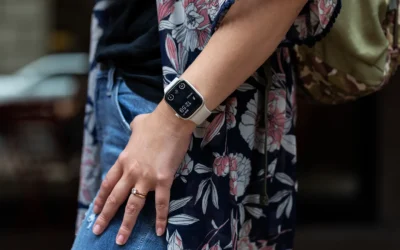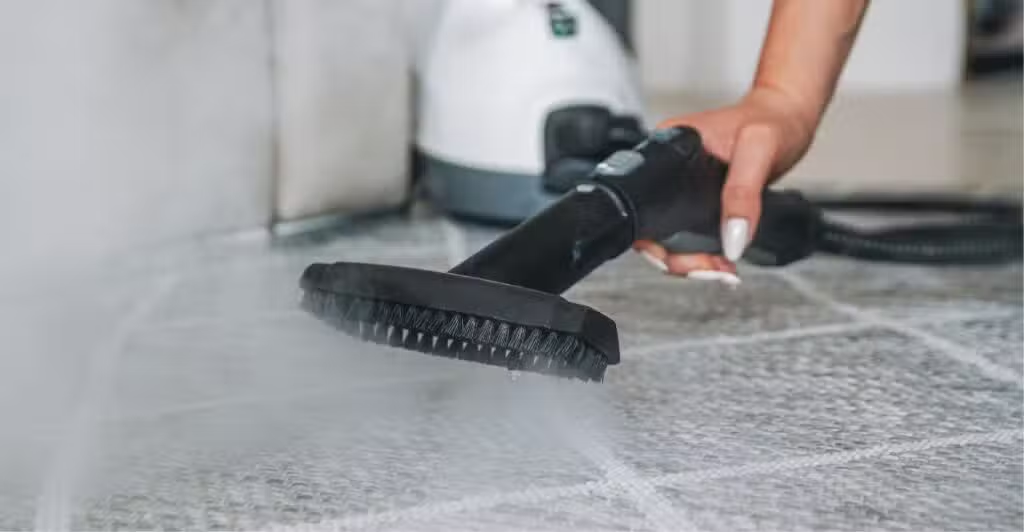Exploring the Different Types of Film for Windows: Which One is Right for You?

When it comes to improving the comfort and functionality of your home or office, one of the most effective upgrades you can make is installing film for windows. Window films come in a wide variety of types, each offering specific benefits such as enhanced privacy, UV protection, and energy efficiency. In this article, we will explore the different types of window films, how they work, and which one is right for your needs.
What is Film for Windows?
Film for windows is a thin layer of material that is applied to the surface of your windows. The film can be made from various materials, such as polyester or vinyl, and it is typically applied in sheets to cover the glass. These films offer a wide range of benefits, including privacy, heat reduction, and protection from harmful UV rays. Some films also add an aesthetic touch to your windows, enhancing the overall appearance of your space.
Types of Window Film
There are several types of film for windows, each serving a different purpose. Understanding these options can help you make an informed decision based on your specific needs and the environment in which the film will be used.
1. UV Protection Films
One of the primary reasons people install film for windows is to block harmful UV rays. UV protection films are designed to reduce the amount of ultraviolet light that enters your home or office. These films are particularly beneficial in preventing the fading of furniture, carpets, and artwork caused by prolonged exposure to UV rays. Additionally, UV protection films can help protect your skin by reducing your exposure to harmful sun rays.
UV films are available in both clear and tinted options. The clear UV films allow natural light to flow into your space while blocking a significant percentage of UV radiation. On the other hand, tinted UV films not only provide UV protection but also help reduce glare and heat from the sun.
2. Heat Rejection Films
Another popular type of film for windows is heat rejection films. These films are specifically designed to block solar heat from entering through your windows. Heat rejection films are ideal for homes or offices in regions with hot climates, as they can significantly reduce indoor temperatures and enhance comfort.
These films work by reflecting the sun’s infrared light, which is responsible for much of the heat transfer. By doing so, heat rejection films can help maintain a comfortable indoor temperature, reducing the need for air conditioning and ultimately saving you money on energy bills. Heat rejection films are often available in varying degrees of tint, allowing you to choose a film that balances heat reduction with desired aesthetics.
3. Privacy Films
Privacy is another important consideration when choosing film for windows. Privacy films are designed to prevent people from seeing inside your space while still allowing you to enjoy natural light. These films are especially useful for bathrooms, bedrooms, and office spaces where privacy is a priority.
There are different types of privacy films, ranging from frosted and opaque designs to reflective or mirrored films. Frosted privacy films give your windows a cloudy or etched appearance, providing a soft, elegant look while ensuring that people outside cannot see through the glass. Reflective privacy films, on the other hand, create a mirrored effect on the outside of your windows, making it difficult for others to see inside during the day. However, it’s important to note that these films may lose their effectiveness at night when interior lights are on.
4. Decorative Films
Decorative films offer a more aesthetic solution for film for windows. These films come in a wide variety of patterns, textures, and colors, allowing you to add a personal touch to your windows. Whether you want to create a frosted, etched, or stained-glass look, decorative films can give your windows a unique and stylish appearance.
These films are often used for enhancing the curb appeal of homes or adding a creative element to office spaces. Decorative films can be customized to fit your specific design preferences, and they can also provide additional benefits such as UV protection and heat rejection.
5. Anti-Graffiti Films
In some cases, window films can be used to protect your glass from vandalism or unwanted marks. Anti-graffiti films are designed to create a protective layer over your windows that makes it easier to remove graffiti, stickers, or other markings without damaging the glass. This type of film is often used in commercial buildings, public spaces, or areas prone to vandalism.
Anti-graffiti films are typically clear and are designed to be easily replaced when they become damaged or marked. These films not only protect your windows but also maintain the visual clarity of your glass, making them an excellent option for preserving the appearance of storefronts or other visible spaces.
6. Safety and Security Films
Safety and security films are an essential consideration for homeowners and business owners concerned about break-ins or accidents. These films are designed to strengthen the glass and reduce the likelihood of it shattering upon impact. Safety films are typically thicker than other types of window films, and they help hold broken glass fragments together in the event of an accident or attempted break-in.
In addition to enhancing security, safety films can provide an additional layer of protection during storms, earthquakes, or other natural disasters. They are available in clear or tinted options and can be applied to any type of window, including standard glass, tempered glass, and laminated glass.
Choosing the Right Film for Your Windows
With so many options available, selecting the right film for windows can be a challenging decision. Here are some factors to consider when making your choice:
1. Your Location and Climate
The climate in your area plays a major role in determining which type of window film is right for you. If you live in a hot climate, heat rejection films may be the best choice to reduce the amount of solar heat entering your home. On the other hand, if you live in a colder region, UV protection films can help block harmful rays while allowing for maximum sunlight to warm your space.
2. Privacy Needs
If privacy is a top concern, privacy films or reflective films may be the ideal choice. Consider the level of privacy you need and choose a film that provides an appropriate balance of privacy and light transmission. Frosted films are a great option for bathrooms, while mirrored films are often preferred for larger windows or office spaces.
3. Aesthetic Preferences
Decorative films offer a unique opportunity to enhance the look of your windows. Whether you want a frosted appearance or a custom design, decorative films can add beauty to your windows while providing practical benefits. Consider how the film’s design will complement the overall aesthetic of your space.
4. Security Concerns
If security is a priority, safety and security films provide an additional layer of protection. These films are particularly beneficial in areas prone to break-ins or high traffic, as they help strengthen windows and prevent glass from shattering.
Conclusion
Installing film for windows is a simple yet effective way to improve the functionality, comfort, and security of your home or office. Whether you are looking for UV protection, heat rejection, privacy, or a decorative touch, there is a window film option that suits your needs. By understanding the different types of films available and considering factors like climate, privacy, and aesthetics, you can choose the perfect window film to enhance your space.






